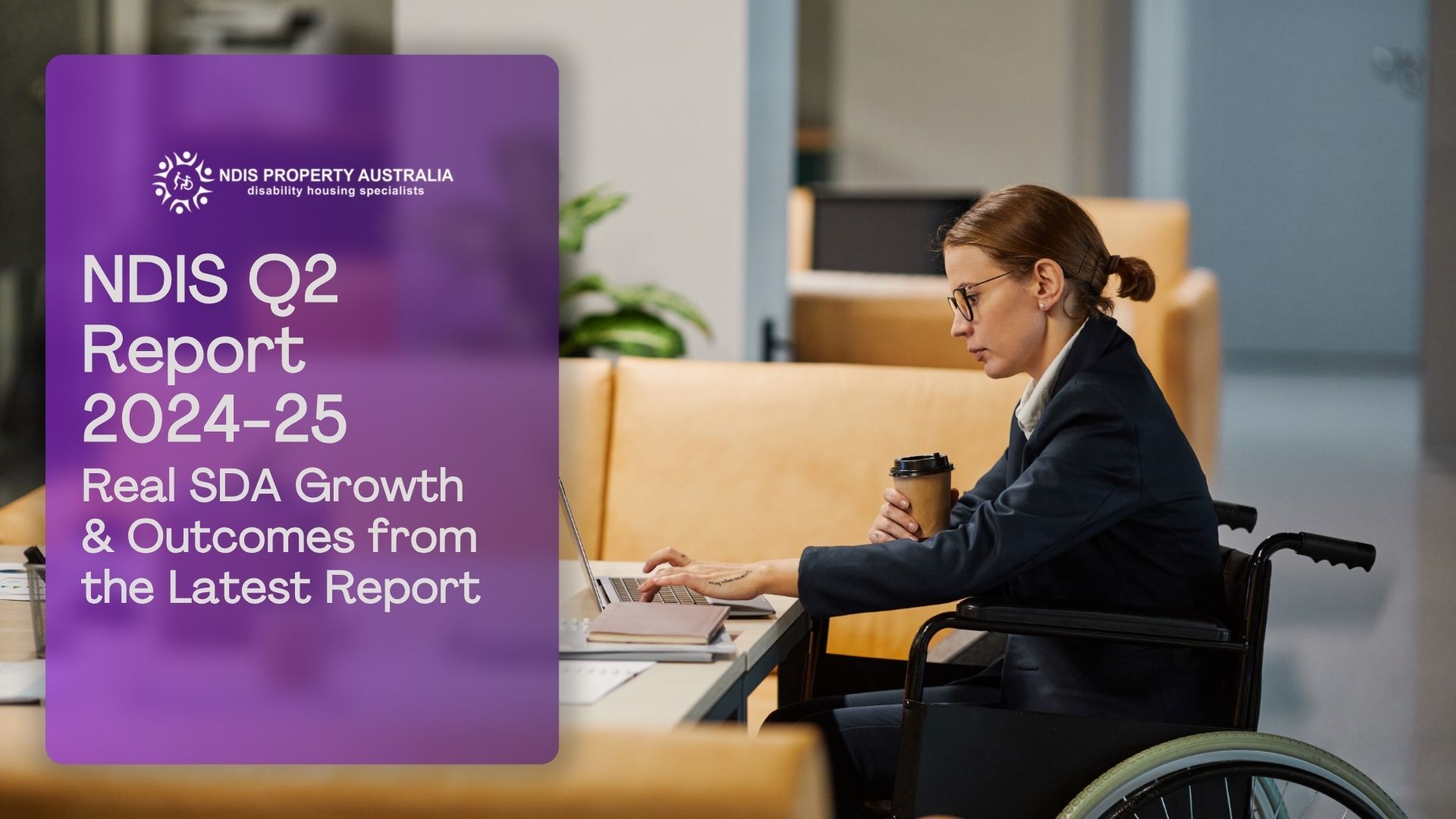Understanding Timing Challenges in Building SDA Housing
Investors often face issues like prolonged approval processes, coordination difficulties, and market fluctuations. Building SDA housing involves multiple stakeholders and processes that must be synchronised effectively. Obtaining finance, land settlement, council approvals, engaging service providers, and coordinating construction and participant move-in. Each stage has its own set of challenges and potential. Any misalignment can lead to substantial delays and financial losses.
So why is Timing So Important in SDA Housing Investments? In this article, we will explore these timing challenges in detail and provide strategies to manage them effectively, ensuring your NDIS property development project stays on track and meets its objectives.
Read also: 7 Mistakes to Steer clear of when investing in SDA Housing
What Are the Key Timing Challenges?
Securing Finance
Getting your finances in order is the first step. This includes getting preapproval so you know your borrowing capacity. It's important to have all your documents ready and maintain a good credit history to avoid unnecessary delays. Loan approvals once you’ve selected and contracted to purchase a property is a more lengthy process than for a non-NDIS loan and generally takes 6-8 weeks.
Land Settlement and Council Approvals
Once finance approval is secured, the next step is land settlement and obtaining council approvals. These processes can take several months, and any delays here can push back your entire project timeline.
Engaging SDA Providers
Timing doesn't stop at approvals. Engaging SDA providers at the right time is crucial. These professionals help source and network with Support Coordinators, SIL Providers and other necessary contacts, ensuring you have the best chance of securing tenants as early as possible.
Construction Phase
The construction phase is often where the most significant delays occur. Factors like weather conditions, availability of materials, and workforce can extend the building timeline. On average, expect construction to take 7–12 months, but be prepared for potential delays.
Participant Readiness
Getting participants ready to move into your property involves its own set of timing challenges. From obtaining the necessary funding to coordinating move-in dates, synchronising these aspects is vital for a smooth transition.
Each stage, from securing finance to participant readiness, can delay your project and affect your investment outcomes. However, managing these timing challenges effectively requires more than just awareness and planning. It also necessitates a deep
understanding of the market in which you are investing, with Market Data.
Click here to get SDA Supply & Demand Data from us.
How Market Data Impacts Your Investment Decisions
Understanding accurate and current market conditions, such as supply and demand, can prevent costly mistakes. However, relying on outdated or inaccurate data can lead to misjudgments. Here’s how market data impacts your investment decisions.
Current Market Conditions
For instance, Townsville, QLD, experienced a significant oversupply due to poor timing and unforeseen delays like natural disasters and the pandemic. Knowing such market specifics can help you avoid investing in areas where supply far exceeds demand, preventing potential financial losses and prolonged vacancies.
Challenges with Outdated Data
Market data is at least 6 weeks out of date by the time it is published. Relying on outdated data can lead to misjudgments. For example, if you are making an investment decision based on data that is months old, you may be unaware of market changes. This lag can result in investing in areas where the demand has already peaked or dropped, affecting your NDIS property development negatively.
Data Accuracy and Reliability
Inaccurate data can skew your understanding of the market, leading to poor investment choices. For instance, inaccurate or delayed reporting of the number of SDA housing dwellings under construction can mislead investors about the true supply level, resulting in either an oversupply or missed opportunities. Always cross-check data from multiple sources, and consider investing in professional market reports to ensure the data you rely on is current and precise.
Impact on Financial Planning
Understanding market trends and data impacts your financial planning. Accurate data helps you forecast rental incomes, occupancy rates, and potential appreciation of values more reliably. For instance, knowing that an area has a high demand for SDA housing, but a low supply can inform your decision to invest there, potentially leading to higher occupancy rates and rental returns.
Strategic Location Selection
Market data guides you in selecting the right location for your NDIS property investment. Areas with an undersupply, good infrastructure, and growth potential are ideal. For example, investing in regions with projected population growth and strong community services can yield better long-term returns. Data on future infrastructure projects or community developments can also provide insights into the potential appreciation of property values.
Mitigating Risks
Staying informed with up-to-date market data helps mitigate risks associated with NDIS property development. Being aware of economic shifts, government policy changes, and other market factors allows you to adjust your investment strategy accordingly. For instance, understanding upcoming changes in NDIS funding or regulations can help you plan your investments to align with these changes, reducing potential risks and ensuring compliance.
Read also:
Understanding Fee Structures in SDA Housing
Conclusion
Select locations with high demand and low supply. Avoid areas with a history of oversupply or stagnation. Work with experienced builders and providers who have built a reputation to deliver on time and within budget. Understanding upcoming changes in NDIS funding or regulations can help you plan your investments to align with these changes, reducing potential risks and ensuring compliance. Regularly reviewing and analysing this data ensures that your investment strategy remains relevant and effective.
Looking for more information?
Investing in SDA housing within your Super is a smart move for those seeking positive cash flow and tax benefits. If you're ready to explore this streamlined approach, NDIS Property Australia is here to help. Visit our SMSF Property Investment page to learn more, or contact us directly to discuss your options with our experts. Make your investment journey easier and more profitable with NDIS Property Australia.
The market for SDA housing is growing, and staying updated with industry trends and data will help you succeed in this sector. For further guidance and to explore investment options, or to obtain market data reports to help you better understand the implications of SDA development in any particular area, reach out to NDIS Property Australia. We're here to support you in making the most of your NDIS property development and investment decisions.




